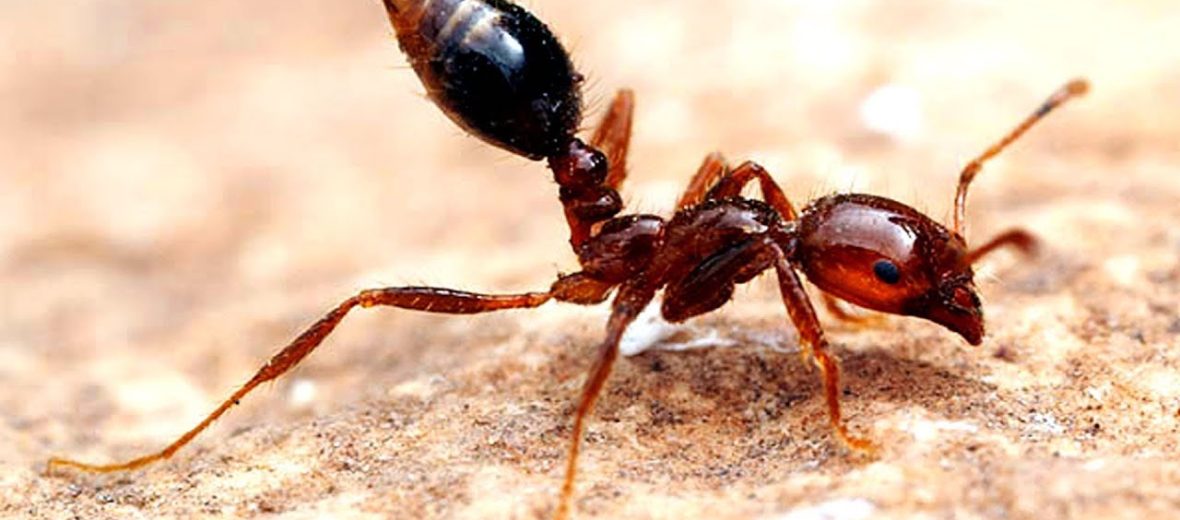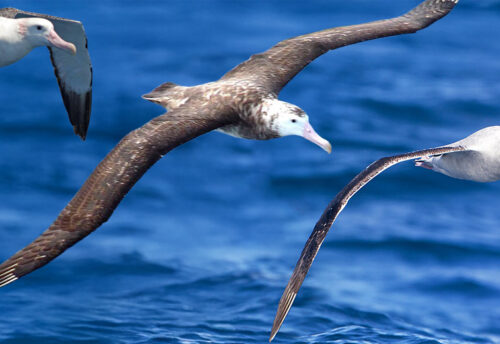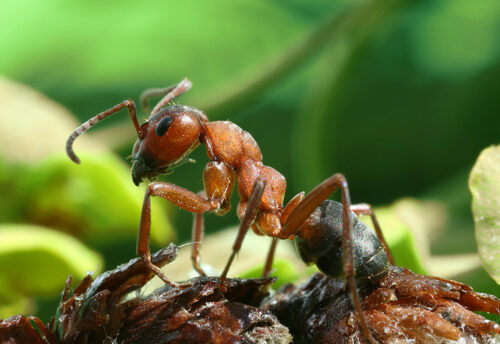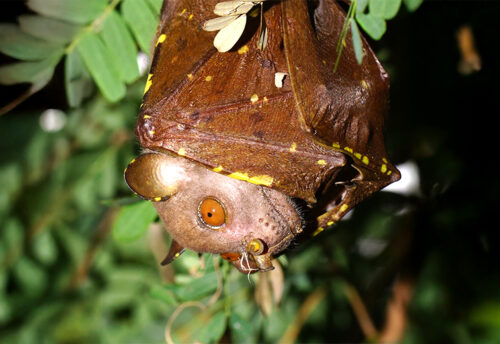
The fire ant, aka ginger ant, red ant, or tropical fire ant, are common names given to up to 280 different species of stinging Solenopsis ants. These ants are known for their aggressive behavior towards everything around them. They bite, they sting, they can even kill. Fire ants can be found in warmer climates around the world and 1 species is classified as invasive in places like the United States and Australia.
First the Stats…
Scientific name: Solenopsis
Weight: Up to 0.003 inch
Length: Up to .25 inch
Lifespan: Up to 7+ years (queen) | Up to 5+ weeks (workers)
Now on to the Facts!
1.) These ants not only possess mandibles for biting, but they also wield a venom-injecting stinger.
2.) The venom injected is an alkaloid venom that causes a variety of effects (see below). The day after a bite, a white pustule can also be present.
3.) If you end up with the white, zit-like pustule, do not scratch it! Scratching the pustules will break them open and spread the venom to more areas, infecting a greater area.
4.) They are well known for being crabby and will attack anything that they feel is a threat to their colony, with great vigor.
5.) Fire ants feed primarily on insects, carrion, leaves, and seeds. Thus making them omnivores (eat plant and animal matter).
But wait, there’s more on the fire ant!
6.) Some individuals, myself included, are allergic to the venom. A single sting can take weeks to heal. Some are so allergic that death can occur in mass stinging events.
7.) Rafting has been witnessed in these ants. This is where numerous worker ants will form a sort of raft, during times of flooding, so that the queen can safely escape drowning and make it to dry land, in order to start a new colony.
Did you know…?
Solenopsis invicta, aka RIFA (red imported fire ants) are an invasive species of fire ant that have been accidentally introduced to numerous countries around the world.
8.) Being aggressive, as they are, fire ants will often target certain bee species and will infest their hive to consume their food source. This ultimately starves out the bee colony.
9.) Drones are known to die immediately after mating with the queen.
10.) The queen can produce up to 800 eggs per day!
But wait, there’s still more on the fire ant!
11.) Some colonies are polygynous and maintain multiple queens.
12.) The only known natural predator of fire ants is the phorid fly. This fly species will lay an egg on the thorax (chest) of the ant. When the egg hatches, the larvae will burrow into the head of the infected ant, killing it almost instantly.
13.) Fire ants have been documented forming mutualistic relationships with certain species of butterflies. The larvae are taken to the hive and guarded, as the larvae produces a sweet nectar-like substance (often called honey dew), that the ants consume; in exchange for being guarded til they pupate.
Did you know…?
The effects of a fire ant sting can include some or all of the following: pain, itching, irritation, swelling, redness, and white pustules. In rare circumstances, death can occur.
14.) The fire ant does not aestivate (hibernation for insects) during colder winter months. So most, if not all, of the colony is wiped out each year.
15.) Per FDA estimates, more than $5 billion is spent annually due to fire ants. This includes: damage, medical treatment, and control of the invasive species.
16.) An additional $750 million is spent, each year, by the agricultural industry, combating these pests.
Now a Short Fire Ant Video!
Be sure to share & comment below! Also, check out the Critter Science YouTube channel. Videos added regularly!
Want to suggest a critter for me to write about? Let me know here.
Think you know a lot about critters? Try your hand at these fun, free quizzes:



